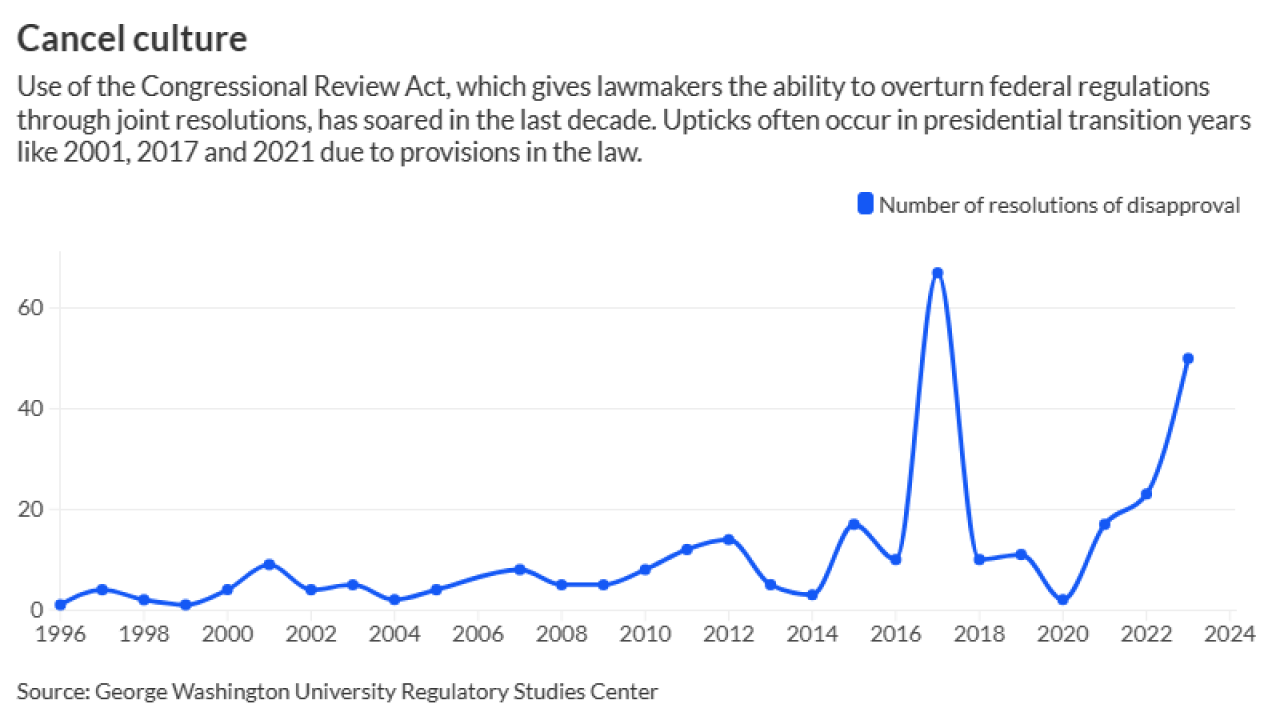Advisers are turning to annuities, using tactical asset allocation and continuing to move to fee-based business models, as they cope with the effects that the sluggish economic climate is having on their practices, according to findings from the latest Financial Professional Outlook from Russell Investments.
About 45% of advisers are responding to decreased margins and increased investor risk aversion by moving transactional clients to fee-based accounts, according to Russell. The results were released Thursday.
That falls in line with a general industry shift toward fee-based accounts that began several years ago, according to Phill Rogerson, managing director of consulting and client service for Russell.
Given that some advisers had begun replacing lost business by shifting to transactional models, researchers were surprised that the move toward fee-based models sustained momentum during the market downturn, Rogerson said in an interview Monday.
Others, 39%, are selling more annuities, in a response to customer demand for guaranteed income products. Also, 26% of advisers are using new methods for prospecting for clients.
The Tacoma investment research firm polled 348 financial advisers at brokerage firms, insurance companies and registered investment advisory firms this summer.
In terms of investment management, Russell found that 85% of respondents said they are using tactical asset allocation to diversify clients' portfolios, and 27% of them are using it extensively.
Rogerson said that the tactical approach entails a certain amount of risk. "These should be employed with caution and a skeptical eye toward the research information" being used in the strategy, he said.
Despite the shift, strategic asset allocation remains the most frequently used strategy for diversifying clients' portfolios, as 90% of advisers stick with that method, and 35% of respondents said they do so frequently.
"What was striking … was just how much advisers are working to deal with an exceedingly jittery client base," Rogerson said.
What's more, exactly half of advisers surveyed for the quarterly study said they would actually like to have fewer clients, possibly allowing them to work more efficiently.
On average, these advisers have 392 clients, and would like to reduce that to an average of 211. Overall, survey respondents said they would prefer between 210 and 240 clients.





